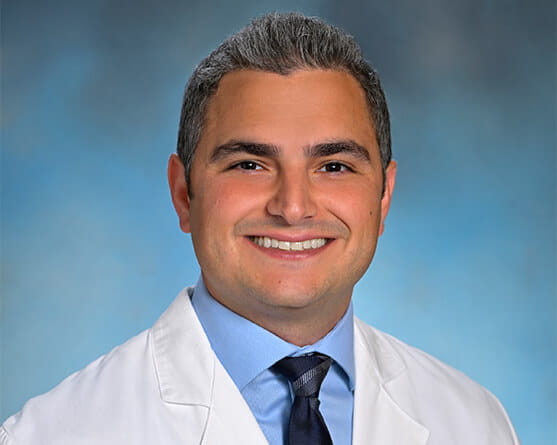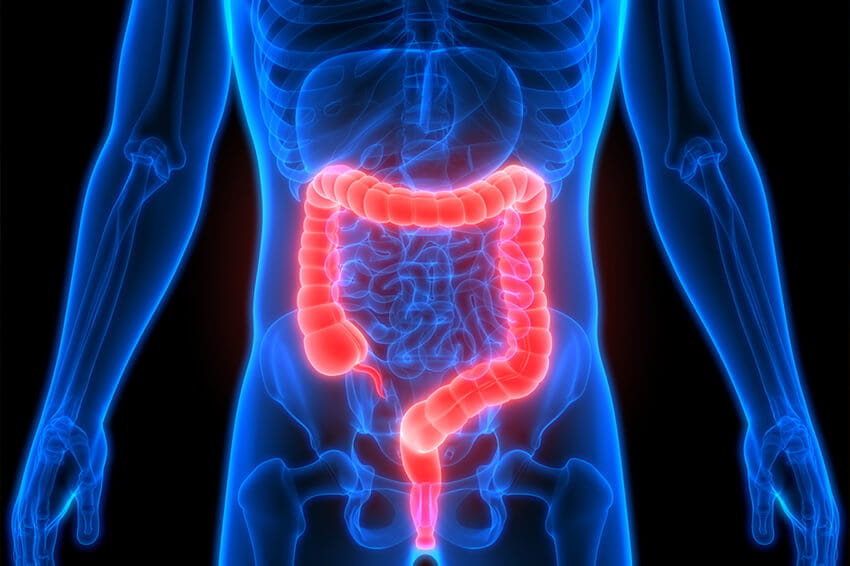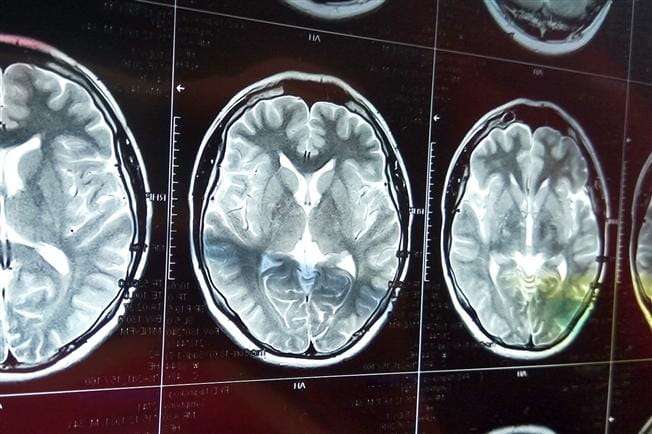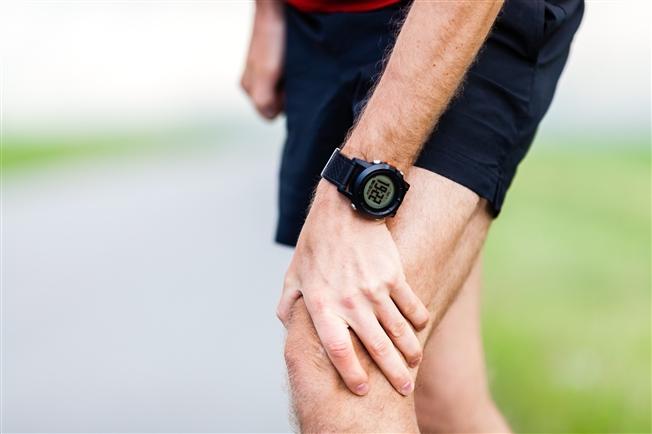Well Ahead Philly
Caring for your joints
Our bodies are marvels of motion and stability, and it's vital to take proactive steps in caring for them. There are many things we can do to keep our joints moving smoothly at every stage of our lives.

Nurturing your hands and wrists
Your hands and wrists are central to almost every daily task, from typing to cooking to lifting. Injuries here can significantly impact your quality of life, but with proper care, many common issues can be avoided or effectively managed. Things to consider include:
- Ergonomics at work: Ensure your workstation is set up to support a natural posture. Keyboards should be at elbow height, allowing your wrists to be straight as you type.
- Breaks and exercises: Regular breaks during prolonged activities can prevent strain. Stretch and gently flex your hands and wrists to keep the circulation going and muscles relaxed.
- Protective gear: When engaging in sports or activities that may pose a risk to your hands or wrists, wear protective gear, like wrist guards or gloves, to mitigate injury risk.
- Repetitive movements: To prevent injuries caused by repetitive tasks, it's important to avoid repetitive movements, or make sure to take frequent breaks and vary tasks.
Remember, early intervention is key. If you notice persistent pain or discomfort in your hands or wrists, consult with a health care professional for an assessment and appropriate care plan.
The role of physical therapy in orthopaedic surgery recovery
Physical therapy (PT) is a cornerstone of recovery for many orthopaedic surgeries, aiding in the restoration of movement, strength and functionality. Tailored PT programs play a critical role in both the immediate postoperative period and throughout the longer journey of rehabilitation.
But it isn’t only part of recovering from surgery. Physical therapy can restore joint function and prevent further damage, acting as a non-surgical treatment for joint conditions. By strengthening muscles, it can also decrease the need for medication and surgery.
Pre-surgical rehab focuses on exercises to strengthen the body, address concerns like poor muscle mass or excess weight, and provides education on avoiding factors that may lead to surgical complications. It can help you withstand surgical stress and potentially reduce pain, shorten hospital stays and improve overall recovery.
Physical therapy can help with:
- Pain management: PT techniques help in reducing pain through exercises, massage and other modalities, facilitating a less reliant use of pain medication.
- Restoring mobility: Guided exercises and stretches gradually restore flexibility and range of motion.
- Building strength: Targeted activities strengthen the muscles surrounding the surgery site, supporting proper joint function and preventing future injuries.
Your PT journey should be a partnership between you and your therapist, focusing on setting realistic goals and working steadily towards them.

Simple steps for preventing joint pain
Joint pain can be a barrier to an active, fulfilling life, but there are practical and manageable ways to prevent and reduce discomfort. First, work to maintain a healthy weight. This provides less stress on your joints can lead to less pain. Even small reductions in weight can make a significant difference in joint comfort.
To help with this, stay active with regular, moderate exercise. This keeps joints flexible and muscles strong. Activities like walking, swimming or yoga can be especially beneficial. You should also maintain a healthy diet of foods rich in omega-3 fatty acids, antioxidants and vitamins can also support joint health. Incorporate fish, nuts and plenty of fruits and vegetables into your meals.
Taking care of your joints is a long-term commitment, but it doesn't have to be a daunting task. By incorporating these simple steps into your daily life, you're not just preventing pain; you're enhancing your overall health and wellbeing.
Featured providers
Suneetha Jasty, MD Rheumatologist

Featured videos
Related blog articles
A day in the life of an orthopaedic nurse
Ever wondered what an orthopaedic nurse does? Here’s your chance to read about a day in the life of an orthopaedic surgical nurse from start to finish.
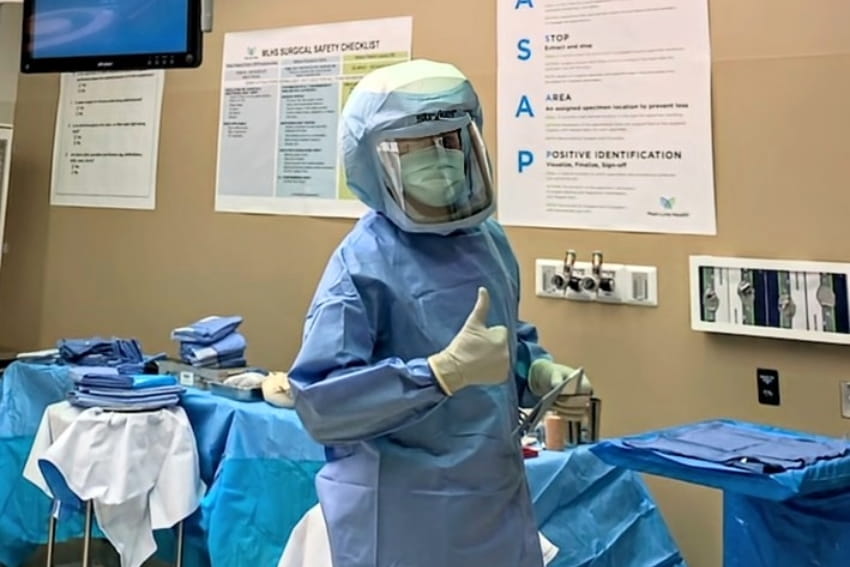
Rehabilitation before surgery: How pre-surgical rehab sets you up for success
Prehabilitation (or pre-surgical rehab) prepares your body and mind for surgery, both physically and mentally. Learn about the benefits of pre-surgical rehab prior to surgery.
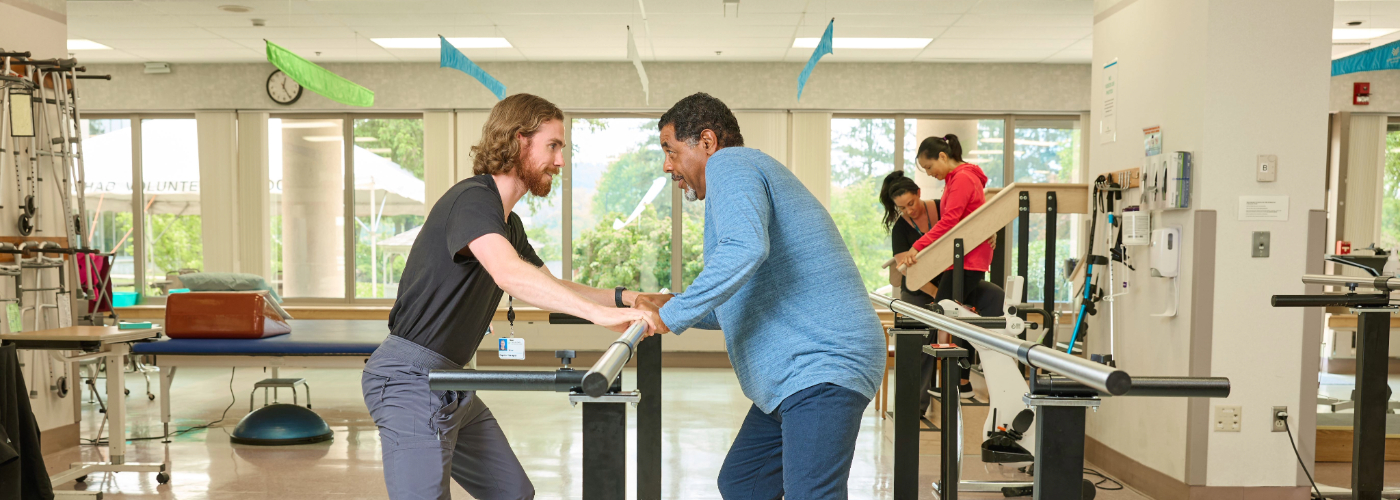
6 reasons to go to rehabilitation
These reasons to go to rehabilitation might surprise you — but they will also benefit your mind and body. Learn about these benefits of rehab.
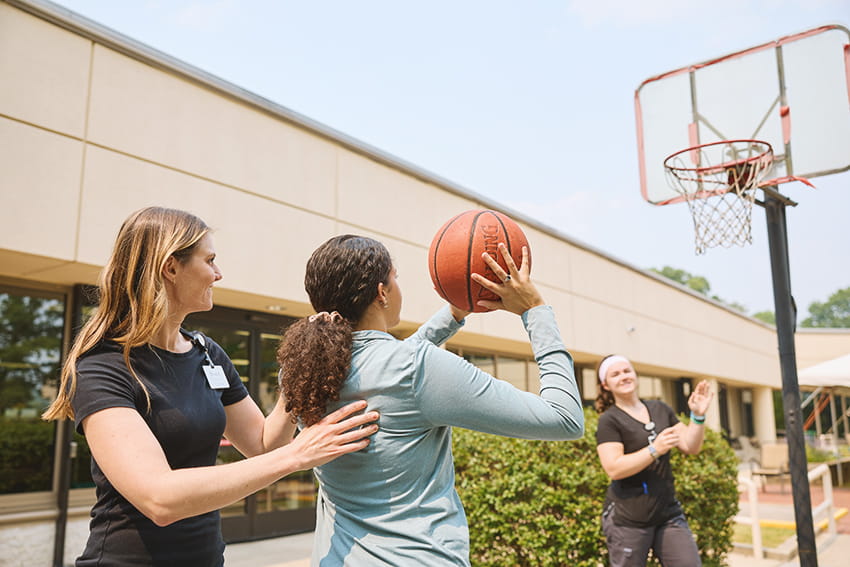
6 causes of wrist pain — and how to treat it
Wrist pain can have many causes. Read about these 6 reasons you might experience wrist pain and how at-home and medical treatment can help.



